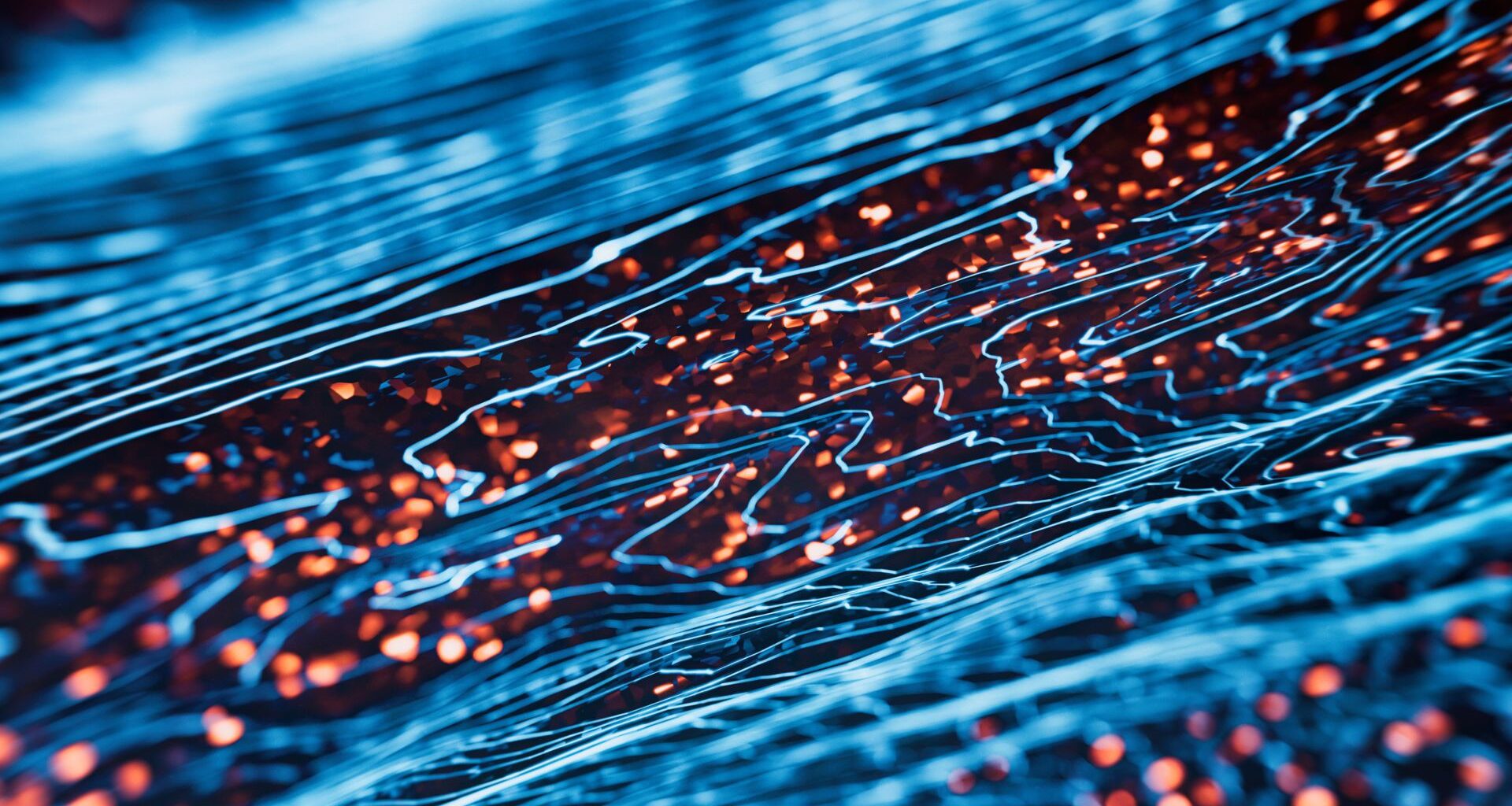When two or more light waves interact with one another, they result in the formation of different interference patterns. British physicist Thomas Young first demonstrated and explained these patterns in the year 1801, with his famous double-slit experiment.
Even after over 200 years of their discovery, light interference continues to intrigue scientists. For instance, classical physics suggests that when two light waves meet, they can either amplify (constructive interference) or cancel out (destructive interference) each other, leading to these patterns.
However, this classical explanation hits a snag when we delve into the quantum world. Quantum mechanics suggests that even when light waves cancel each other out, the light doesn’t just vanish. Instead, it persists in the form of photons and continues to interact with matter.
This mismatch between classical and quantum views has puzzled scientists for a long time. However, a new study attempts to fill this gap. It suggests that classical interference patterns arise from specific quantum states of light, called bright and dark states.
This insight could reshape our understanding of light behavior and impact fields like quantum computing and optical communications. Here’s an in-depth view of these quantum states and how the study authors explored them.
The strange interaction between photons and matter
The researchers revisited the classic double-slit experiment, but with a quantum twist. Instead of treating light purely as a wave, they considered it to be made up of photons.
They imagined a situation where an atom is exposed to two light fields, with each field capable of being in a state with either zero or one photon. This helped them think about interference not just in terms of waves overlapping, but in terms of how individual photons behave.
Their idea was inspired by concepts introduced by physicist Robert Dicke in the 1950s. Dicke had shown that when multiple atoms interact with light, they can form special bright and dark states. In the former, atoms work together to strongly interact with light, making their effects easy to detect.
Meanwhile, in the latter, atoms combine in such a way that they do not interact with light at all, effectively hiding from detection. The researchers realized that this same idea could be applied not just to atoms, but to the light fields themselves.
So, the new study suggests that bright states are situations where photons are arranged in a way that allows them to interact with matter, producing detectable effects like exciting an atom. Dark states, on the other hand, are configurations where photons are still present but do not interact, making them invisible to usual detection methods.
By carefully analyzing how these bright and dark states form and behave, the team concluded that the interference patterns seen in classical experiments can actually be explained by the distribution of these bright and dark quantum states.
This means that the bright regions in the pattern correspond to bright states where photons are active and detectable, while dark regions match the dark states where photons remain hidden but continue to exist.
Interference has quantum origins
This new approach completely shifts the way scientists think about interference. For instance, instead of seeing it simply as the result of waves overlapping and canceling each other out, interference can now be understood as the outcome of hidden quantum structures within the light itself.
If validated, this theory could have profound implications as it provides a unified framework that connects classical and quantum descriptions of light. Scientists can use insights from this framework to improve qubit control and manipulation using light.
Plus, a better understanding of light-matter interactions can allow them to improve the efficiency and security of data transmission in quantum optical systems.
“In my humble opinion, our description is meaningful as it provides a quantum picture (with particles) of classical interference (with waves): maxima and minima result from entangled bright (that couple) and dark (that do not couple) particle states,” Gerhard Rempe, one of the study authors and director at the Max Planck Institute of Quantum Optics, said.
However, although this quantum view on classical interference offers a compelling explanation, it’s primarily theoretical at this stage. Whether scientists can prove the existence of the dark and bright states experimentally is yet to be seen.
The study is published in the journal Physical Review Letters.
